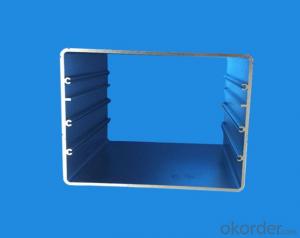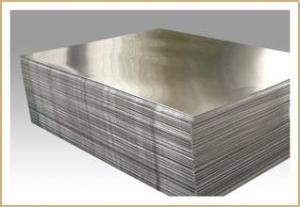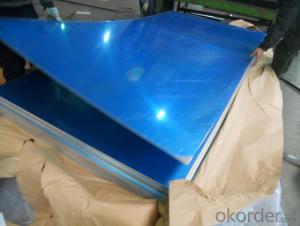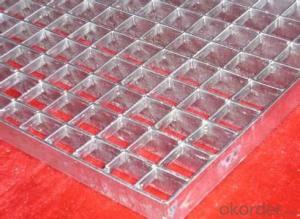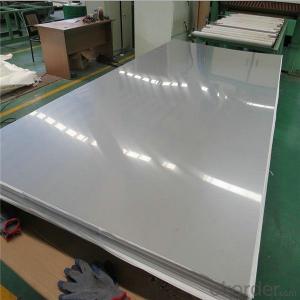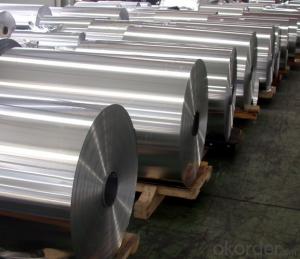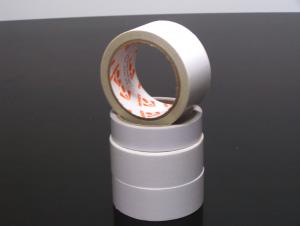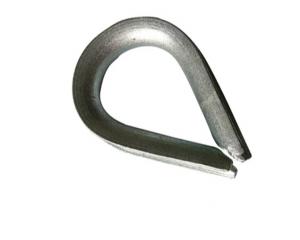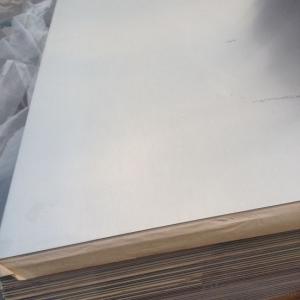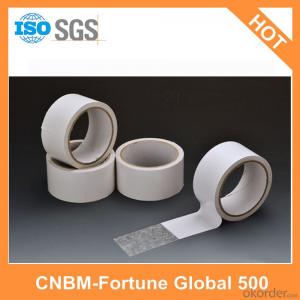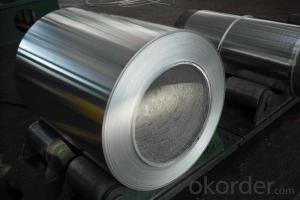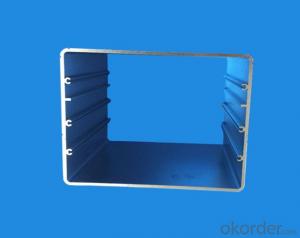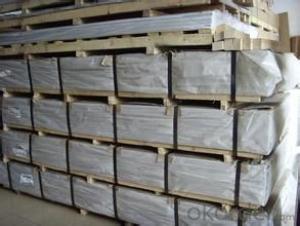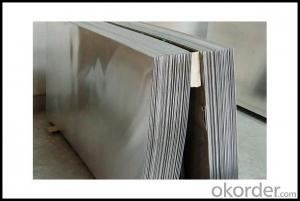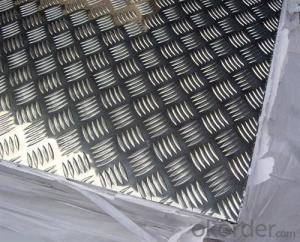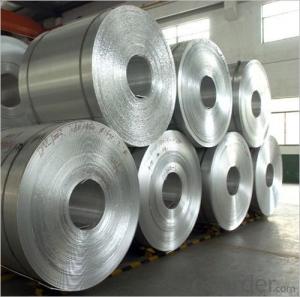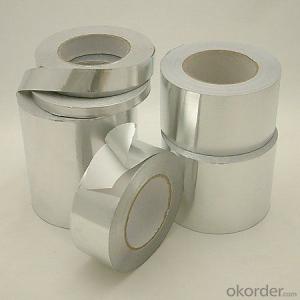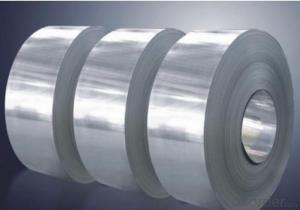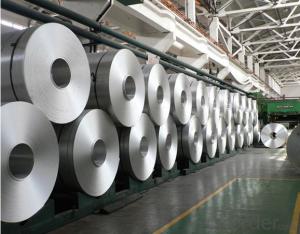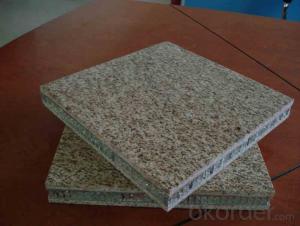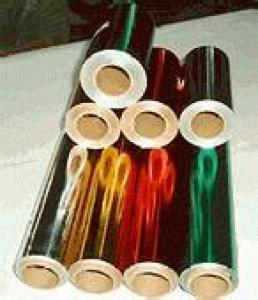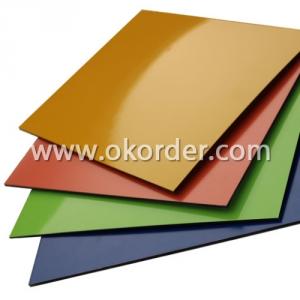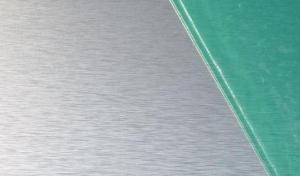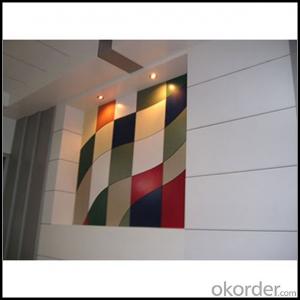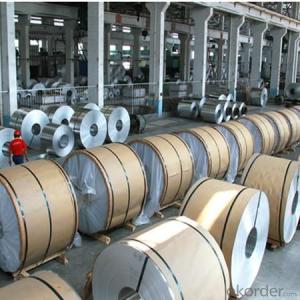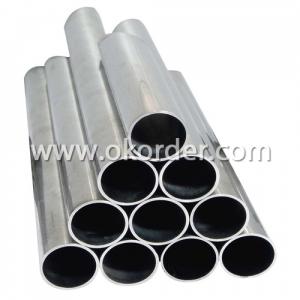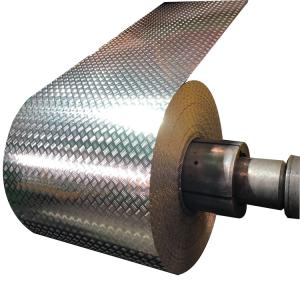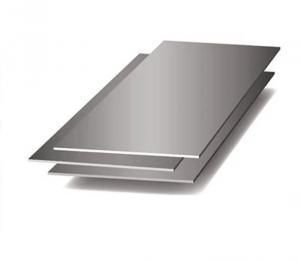1/8 Thick Aluminum Plate
1/8 Thick Aluminum Plate Related Searches
1/8 Inch Thick Aluminum Plate Aluminum Plate 1/8 Thick 1/8 Inch Aluminum Plate 1/8 Aluminum Plate Aluminum 1/8 Plate Aluminum Plate 1/8 1 8 Thick Aluminum Plate Aluminum Plate 1 8 Thick 1 8 Inch Thick Aluminum Plate 1/8 In Aluminum Plate 3/8 Thick Aluminum Plate Aluminum Plate 3/8 Thick 1/8 Diamond Plate Aluminum 1 8 Aluminum Plate 1 8 Inch Aluminum Plate 1/8 Inch Diamond Plate Aluminum 1/4 Inch Thick Aluminum Plate 1/4 Thick Aluminum Plate 1/8 Aluminum Checker Plate 1/8 Aluminum Diamond Plate Aluminum Plate 1/4 Thick 12 X 12 X 1/8 Aluminum Plate 1/8 Inch Aluminum Diamond Plate Aluminum Plate 1/4 Inch Thick Bending 1/8 Aluminum Plate 1 Inch Thick Aluminum Plate 1/2 Inch Thick Aluminum Plate Aluminum Plate 1/2 Thick 3 8 Thick Aluminum Plate 3 8 Inch Thick Aluminum Plate1/8 Thick Aluminum Plate Supplier & Manufacturer from China
1/8 Thick Aluminum Plate is a versatile product known for its strength, durability, and lightweight properties. It is commonly used in various industries, including construction, automotive, aerospace, and manufacturing, where high-quality materials are essential for performance and safety. This product is favored for its resistance to corrosion and ability to withstand harsh environmental conditions, making it suitable for both indoor and outdoor applications.The 1/8 Thick Aluminum Plate is widely utilized in a range of applications, such as structural components, decorative panels, and heat sinks. Its malleability allows for easy shaping and bending, which is beneficial for creating complex designs and structures. Additionally, this product's thermal conductivity and electrical conductivity make it an ideal choice for applications requiring efficient heat dissipation or electrical conductivity.
Okorder.com is a reputable wholesale supplier of 1/8 Thick Aluminum Plate, offering a vast inventory to cater to the diverse needs of customers. With a commitment to quality and customer satisfaction, Okorder.com ensures that the 1/8 Thick Aluminum Plate is sourced from reliable manufacturers and meets industry standards. This makes Okorder.com a trusted destination for businesses and individuals seeking high-quality aluminum plates for their projects and applications.
Hot Products

